7 ancient inventions that continue to baffle scientists
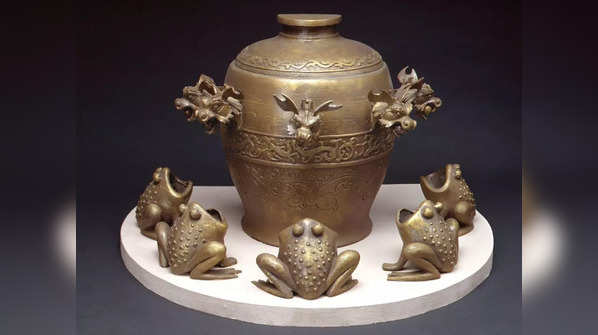
These perplexing ancient inventions
The annals of history are replete with inventions that, despite their ancient origins, still perplex and amaze modern-day scientists. These creations, ranging from complex devices to monumental structures, reflect the ingenuity of civilizations long gone. They continue to challenge our understanding of historical technological capabilities and remain subjects of intense study and admiration.
Image: Getty Images

The Antikythera Mechanism
Discovered in a shipwreck off the Greek island of Antikythera in 1901, this device is often hailed as the world’s first analog computer. Estimated to date back to around 100 BC, the mechanism’s complex system of gears was used to predict astronomical positions and eclipses for calendrical purposes. Its sophistication suggests that Greek technology was far more advanced than previously thought.
Image: Getty Images
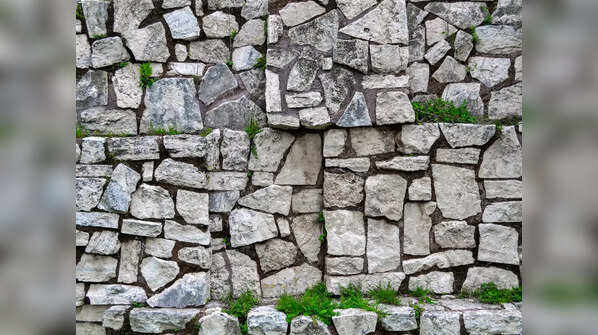
Roman concrete
Roman concrete, used to construct enduring monuments like the Pantheon and the Colosseum, has withstood the test of time for nearly two millennia. Modern scientists marvel at its durability, which surpasses that of modern concrete. The secret lies in the mixture, which included volcanic ash that helped the concrete withstand seawater erosion. Structures such as the Pantheon and aqueducts, built with Roman concrete, have withstood the test of centuries, showcasing the advanced engineering and architectural skills of ancient Roman builders.
Image: Canva

The Lycurgus Cup
This 4th-century Roman glass chalice exhibits dichroic properties, changing color when light passes through it from different angles. The effect is due to the presence of nanoparticles of gold and silver - an example of ancient nanotechnology that predates modern understanding by centuries.
Image: British Museum/Facebook

Damascus Steel
Famed for making some of history’s sharpest and most resilient swords, Damascus steel was a product of a forging technique that originated in India around 300 BC. The exact process, which resulted in a distinctive patterned blade, was lost by the 18th century and remains a mystery.
Image: Canva
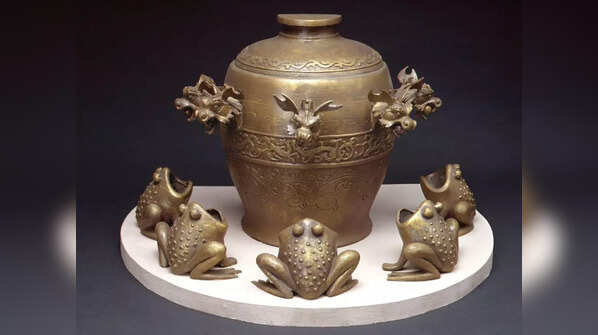
The Seismoscope of Zhang Heng
The seismoscope created by Chinese polymath Zhang Heng in 132 AD is one of the most intriguing ancient inventions. This device was capable of detecting earthquakes from hundreds of miles away, even when no tremors were felt at the location of the seismoscope. The instrument would drop a ball from the mouth of a dragon into the corresponding mouth of a frog, indicating the direction of the earthquake. The inner workings of this device, which did not use any modern seismic detection technology, remain a mystery to scientists today.
Image:
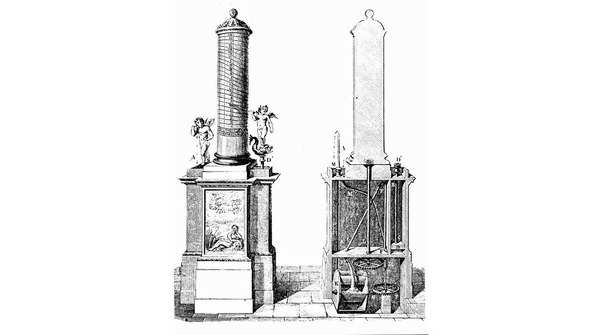
The Ctesibius of Alexandria
Ctesibius of Alexandria, a Greek inventor and mathematician, developed a highly sophisticated water clock known as the clepsydra around the 2nd century BC. This device not only indicated time but also accounted for the varying lengths of the days throughout the year. It used a complex system of gears and water flow to measure time accurately, which was a significant advancement over previous timekeeping methods. The precision and complexity of Ctesibius’s water clock still impress modern engineers who study ancient technologies.
Image: Canva

The Baghdad Battery
Consisting of a clay pot, a copper tube, and an iron rod, this artifact from the Parthian period (250 BC to AD 224) could be the oldest known electric battery. If it was indeed used for electroplating or medicinal purposes, it would imply a knowledge of electricity far ahead of its time.
Image: Canva

Phaistos Disc
Another ancient invention that continues to baffle scientists is the Phaistos Disc. Discovered in 1908 in the Minoan palace of Phaistos on the island of Crete, this disc is made of fired clay and features a unique spiral of stamped symbols on both sides. Despite extensive study, the meaning and purpose of these symbols remain a mystery. Some theories suggest it could be a form of writing, a calendar, or even a game, but no definitive conclusion has been reached.
Image: Canva
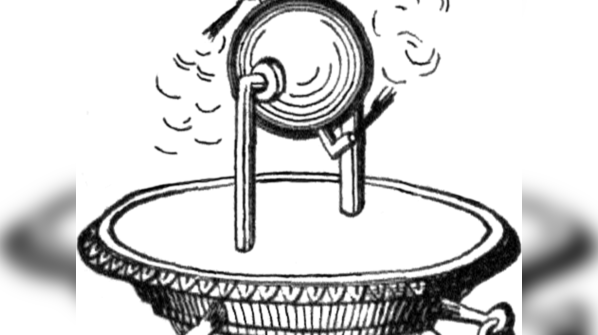
How and why some ancient inventions continue to baffle scientists?
Certain ancient inventions continue to baffle scientists due to their advanced engineering and sophisticated design, which seem to surpass the technological capabilities of their time. These artifacts often exhibit precise craftsmanship and complex functionality that challenge our understanding of historical development. The mystery deepens when considering the limited tools and knowledge available to ancient civilizations, raising questions about the sources of their ingenuity. Additionally, some of these inventions incorporate materials and techniques that are difficult to replicate even with modern technology, suggesting a level of expertise that remains unexplained. This enduring enigma fuels ongoing research and debate, as scientists strive to uncover the secrets behind these remarkable achievements.
CNN
Image: Public Domain









